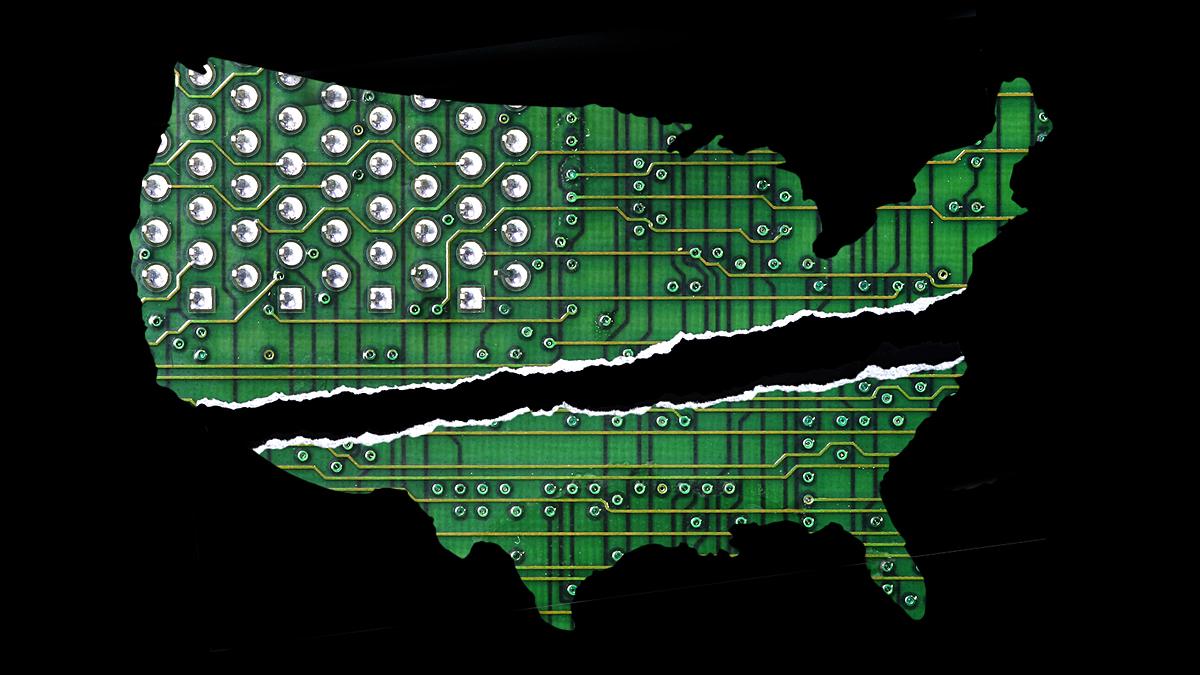How to Close the Digital Divide in the U.S.
by Bhaskar Chakravorti

Originally published by Harvard Business Review
Finally, America appears to be taking bold action on fixing its fraying infrastructure. President Joe Biden’s proposed American Jobs Plan — despite being negotiated down in a bipartisan deal — is a significant step in addressing one the of the country’s most pressing, deeply rooted, and often overlooked problems: The plan contains a $65 billion budget spread over eight years to close the gaps in the digital infrastructure.
It’s a major investment. Unfortunately, it still falls well short of what’s needed to actually solve the problem. According to our analyses, the budget should have been two and half times as large as the original $100 billion. Let me explain why and what can be done to move forward.
It’s long been acknowledged that even as the digital industry exploded out of this country, America lived with a “digital divide.” While this is loosely understood as the gap between those who have access to reliable internet service and those who don’t, the true nature and extent of the divide is often under-appreciated. Internet infrastructure is, of course, an essential element of the divide, but infrastructure alone does not necessarily translate into adoption and beneficial use. Local and national institutions, affordability and access, and the digital proficiency of users, all play significant roles — and there are wide variations across the United States along each of these.
As part of our research initiative, Imagining a Digital Economy for All (IDEA) 2030 (established in collaboration with the Mastercard Center for Inclusive Growth), we disaggregated the digital divide into four distinct components and scored the 50 states along each of these:
- Infrastructure: Internet speeds; terrestrial broadband coverage; smartphone usage.
- Inclusivity: Affordability of broadband; equity of broadband access across income groups; actual usage of the internet at broadband speeds.
- Institutions: Political prioritization of broadband strategy; best practices of government use of technology for public services; restrictions on alternative local broadband solutions, such as municipal networks.
- Digital Proficiency: How well people can navigate the digital world, which is shaped by demographic profile, education levels, political tolerance, degree of skepticism about news sourced from social media.
Check out more content from the Mastercard Center for Inclusive Growth

